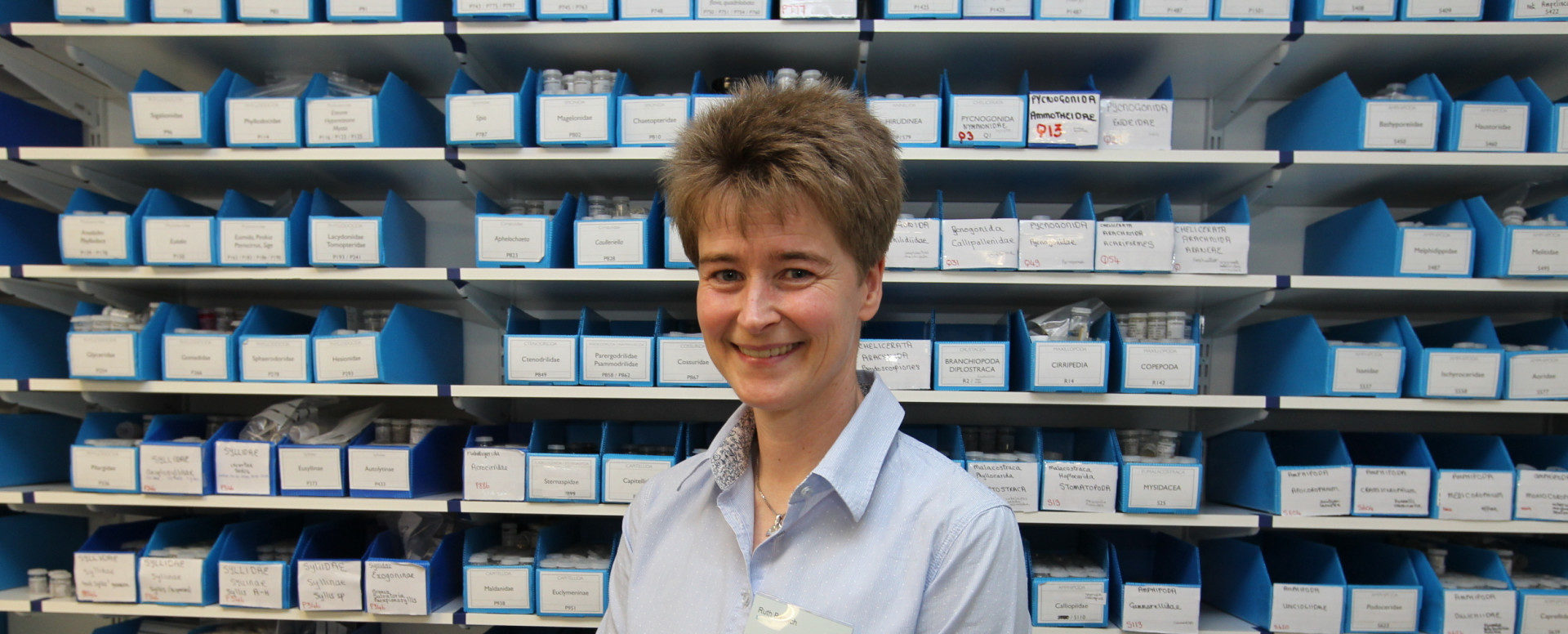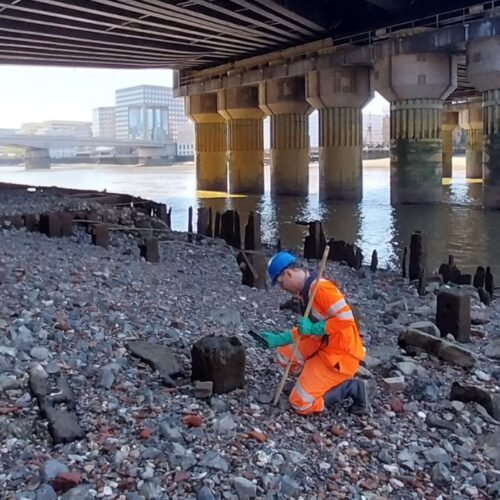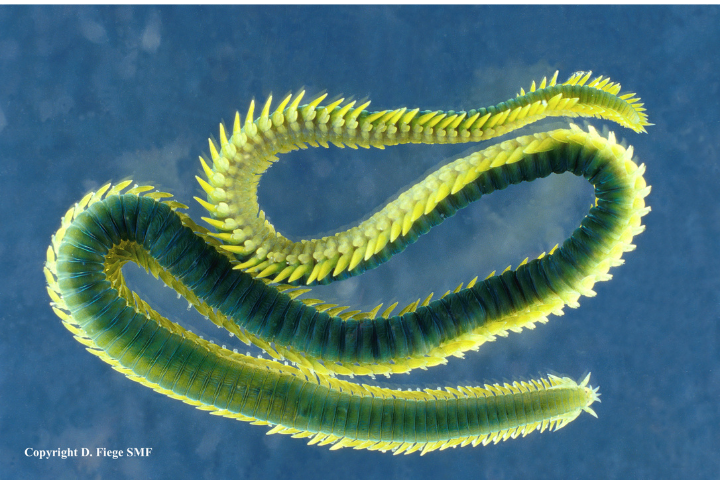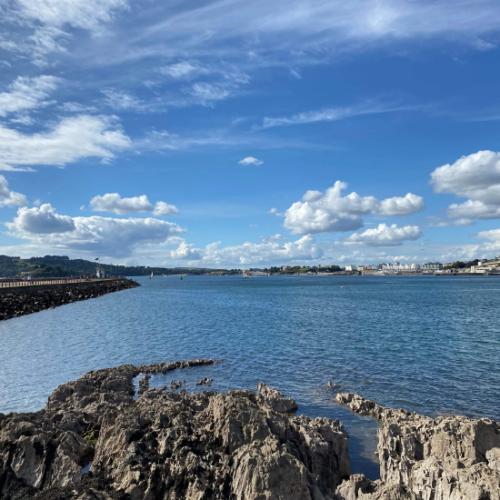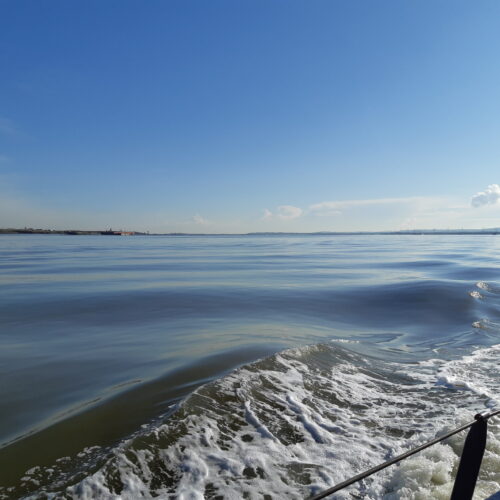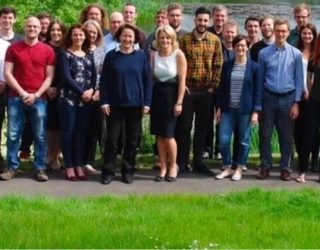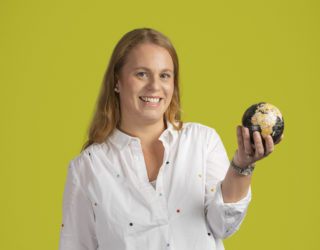Thomson Ecology’s Principal Biologist, Dr Ruth Barnich, spoke at the World Conference on Marine Biodiversity in Canada last week. Dr Barnich said that the effects of microplastics attached to the outside of marine animals or microplastics ingested by the animals and also by humans, are not yet well understood, and that the full extent of the impact of microplastics on marine animals and on humans has yet to be fully explored.
Dr Barnich suggested that further research was necessary, and that the various microplastics should be classified consistently. Only then data of different research groups become comparable and the presence of microplastics in the marine environment can be monitored effectively.
Speaking to an audience of experts at the conference, Dr Barnich said, “The immediate effects of microplastics on marine organisms are not yet well understood, but are most likely to include modified behaviour, such as inhibited movements, and disturbed reproduction of the affected animals. Our findings also illustrate, rather drastically, how plastic enters the human food chain.
“So far there is no guidance available on how to name and record microplastic consistently. I would like to see a standardised terminology and methodology for recording the various types of microplastics found so that we can explore their impact in more detail. We are submitting our suggestions to UK environment agencies to help in developing a standardised approach for assessing microplastics and their impact.
“Due to the increased interest in plastic litter in the oceans, Thomson Ecology is frequently asked to assess the presence of microplastics alongside the invertebrate animals in benthic samples. When analysing the diversity and abundance of invertebrate animals in sediment samples we are often asked to record the presence and nature of plastic fragments. Usually we encounter two types – small fragments of items such as fishing nets or waste, and microbeads that are also found in toothpaste and cosmetic scrubs. The microplastics recorded during our surveys could easily be made available to other researchers for determining their nature and potentially also their origin. Once microplastics are in the environment they are impossible to get rid of, so preventing the release of plastics into our waterways and oceans should be a matter of priority.”
At Thomson, our lab is well equipped to undertake all stages of sample analysis from sieving and faunal extraction to species identification, and we have a have a team of marine taxonomists with an international reputation. To talk to our team of experts about how our team of taxonomists can help you with your project, please contact us today.
